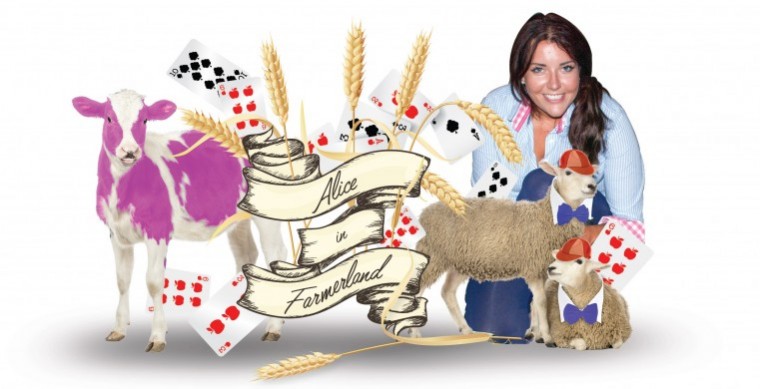The course is aimed at graduating students who want to work in the agricultural and horticultural media and PR staff, who have less than 12 months experience.
With the highest number of applicants recorded I felt very lucky to be chosen for the award, now in its 22nd year.
The course began on Sunday evening with an icebreaker session, a little bit about the background of journalism, and getting to know everyone. Other place winners were from all different backgrounds and age ranges travelling not just from around England but also Scotland, Northern Ireland and Europe.
On Monday morning the real work began. After breakfast we met our course leaders, Steve Mitchell who manages John Deere’s PR, and David Mascord a journalism-training consultant, at the John Deere headquarters in Langar. With it’s pristine lawns and impressive machinery on display I felt very privileged to be there.
The thing that first grabbed everyone’s attention was Tango. The Tango E5 is a very small, very clever, very desirable lawn mower. Controlled by GPS, Tango spends his days navigating round and round John Deere’s sign, trimming the lawn constantly, and only stopping when he needed to charge, which he did completely by himself. If you find this concept as amazing as I did watch this video.
Marketing manager for John Deere Ltd., Gordon Day told us a little about the history of John Deere, which started in Illinois in 1837 by a blacksmith who wanted to help farmers with his metal work.
After a morning of practical exercises on interviewing, news articles and magazine features, we were lucky enough to take some of John Deere’s pristine kit on a test drive. This included a forager, a tractor and two gators. These were the cleanest machines I had every seen and the tractor, an 8345r, was certainly the biggest I had driven.
John Deere, who own 65% of America’s market share in tractors, claim to be 10 years ahead of any other manufacturer’s technology, putting them at the absolute forefront of the tractor industry.
Following some press release practice we were sent back to the hotel with some homework and then treated to a three-course meal.
After some delicious steak and wine it was decided a few members of the course were to test out our investigative journalism skills and explore Nottingham’s nightlife. This proved to be a great night, from what I remember anyway.
Our final day began with more tutoring, this time on freelance writing, gaining experience and also the importance of social media to farmers. Farming is about relationships and community and building these online and in person is important to stay connected with one another. It is also a great tool for farmers to use to educate the general public about the everyday challenges met by producers. Without Twitter, causes such as Forage Aid would have never been such an incredible success throughout the country.
The final part of the course will be completed in my own time, writing a 400-word news piece and completing work experience. The writer of the best article will receive a £250 cash prize and be presented with a trophy at the British Guild of Agricultural Journalists Harvest Lunch in London, so keep your fingers crossed for me!
During the three days I made some great contacts from all over the UK and working from John Deere’s UK HQ was an amazing experience.
The course is run every year and to anyone with an interest in agricultural journalism whether it is in a magazine, online or on the television this course will be of great help. Many famous journalists in the farming and horticultural world are products of this course so keep an eye-out for next years application process.




